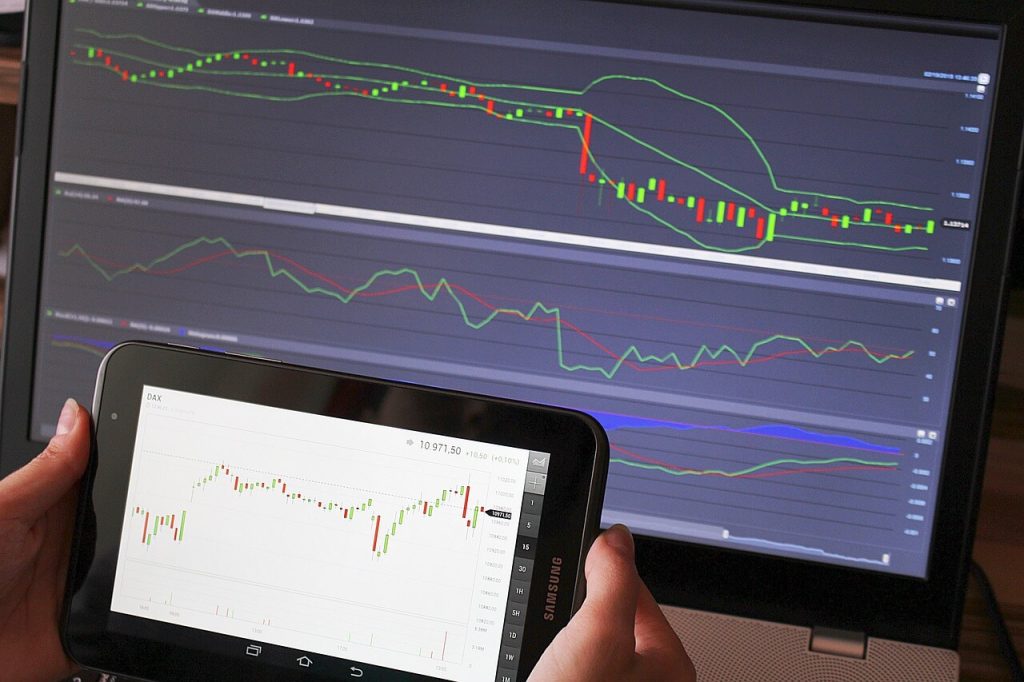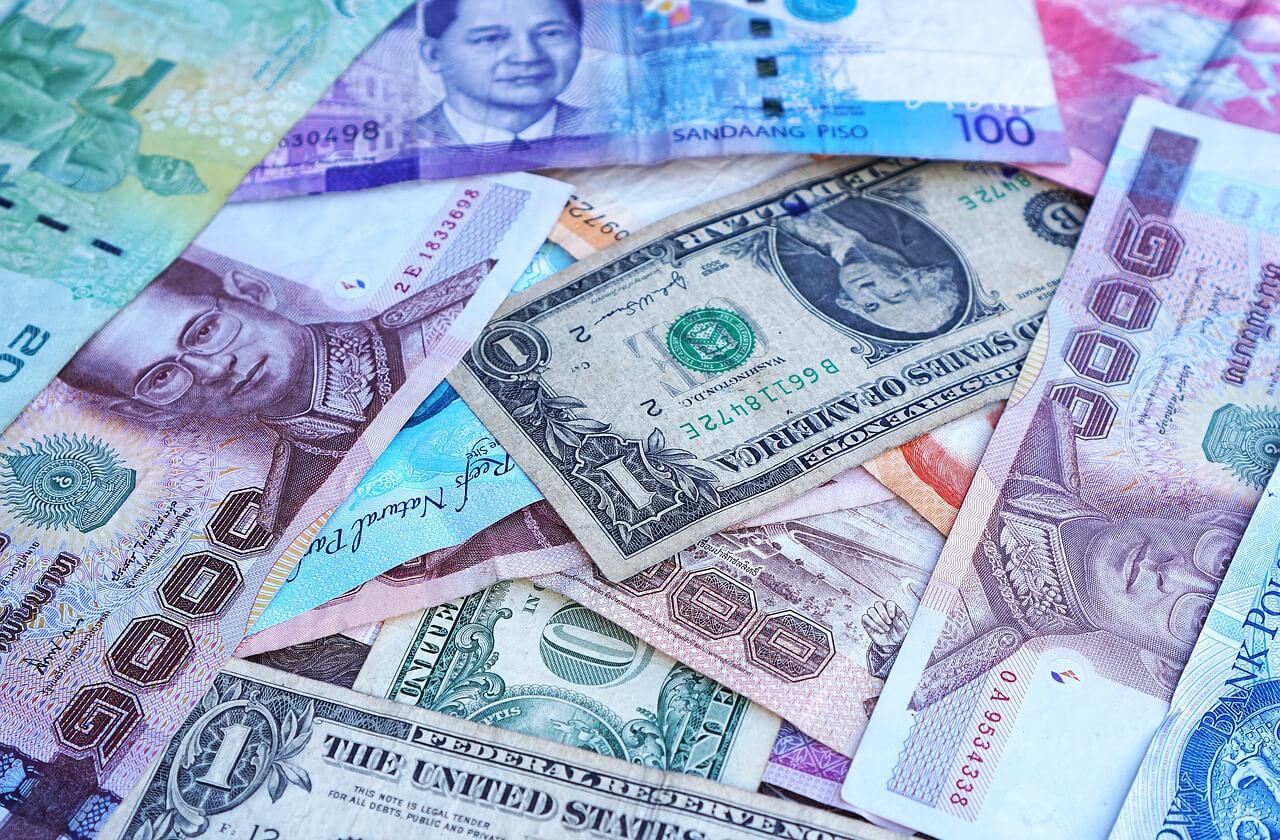The foreign exchange market is a decentralized financial market where currencies are traded. Foreign currency markets are the largest and most liquid financial markets in the world, with an average daily turnover of over $6 trillion.
In this article, we will provide a comprehensive guide to forex trading, including the basics of foreign exchange, understanding rates and currency exchange, the different types of foreign exchange markets, who participates in the foreign exchange market, how trading in the foreign exchange market works, and the risks associated with trading in the foreign exchange market.
What is Foreign Exchange?
Foreign currency exchange, also known as forex or FX, is the process of exchanging one currency for another at an agreed exchange rate. For example, if you are travelling from the United States to Europe, you would need to exchange your US dollars for euros. The foreign exchange market is where this exchange takes place, allowing businesses and individuals to transact with foreign currencies, which is essential for international trade and investment.
Understanding Currency Exchange Rates
Currency exchange rates are the prices at which currencies are traded. These rates are determined by the supply and demand for each currency in the forex market. Currency exchange rates are quoted as a currency pair, which is the price of one currency expressed in terms of another currency.
For example, the exchange rate between the US dollar and the euro might be 1.20 USD/EUR, which means that one US dollar is worth 1.20 euros.
The exchange rate of a currency pair is affected by a variety of factors, including interest rates, inflation rates, political stability, and economic growth. For example, if the interest rates in a country increase, investors may be attracted to invest in that country’s currency, which can increase the value of the currency relative to other currencies.
Types of Foreign Exchange Markets
There are four types of forex markets: the spot market, the forward market, the futures market, and the options market.
- The spot market is where currencies are traded for immediate delivery, at the current market price. This is the most common type of forex market.
- The forward market is where currencies are traded for future delivery, at a predetermined price. This is often used by businesses to manage currency risks.
- The futures market is where currencies are traded in standardized contracts for future delivery, at a predetermined price. This is often used by speculators to make bets on the future direction of currency prices.
- The options market is where traders can buy or sell options contracts, which give them the right but not the obligation to buy or sell currencies at a predetermined price in the future. This is often used by traders to hedge against currency risk.
Who Participates in the Foreign Exchange Market?
The foreign exchange market is primarily made up of financial institutions, such as banks, corporations, and governments. Banks use the forex market to manage their currency risks and facilitate international trade for their clients. Corporations use the forex market to hedge against currency risk when conducting business across borders. Governments use the forex market to manage their foreign exchange reserves and influence the value of their currencies. Investors also participate in the forex market, either for speculative purposes or as a hedge against other investments.
How Does Trading in the Foreign Exchange Market Work?
Now that we have an understanding of the foreign exchange market and the participants involved, let’s take a closer look at how trading in the forex market works.
Currency Pairs
A currency pair is the basis for trading in the forex market. A currency pair is the exchange rate between two currencies, for example, the Australian dollar and the Japanese yen. The currency on the left-hand side of the pair is the base currency, and the currency on the right-hand side is the quote currency. In the AUD/JPY pair, the Australian dollar is the base currency, and the Japanese yen is the quoted currency.
When you buy a currency pair, you are buying the base currency and selling the quote currency. When you sell a currency pair, you are selling the base currency and buying the quote currency. Forex trading is always done in these kinds of pairs.
Bid-Ask Spread
The price of a currency pair is determined by the market demand for both currencies. The price is expressed as a bid-ask spread, which is the difference between the bid price and the ask price. The bid price is the price at which you can sell the currency pair, and the ask price is the price at which you can buy the currency pair.
Leverage
Forex traders use leverage to increase their buying power. Leverage allows traders to control a large position with a small amount of capital. Leverage can amplify both profits and losses, so it should be used with caution.
Margin
Margin is the amount of money required to open a position. Margin requirements vary depending on the currency pair and the broker. Margin requirements are usually expressed as a percentage of the position size.
Risks Associated with Trading in the Foreign Exchange Market
Like any investment, trading in the foreign exchange market carries risks. Here is a description of some of the types of risk those who engage in foreign exchange trading are subject to:
- Market risk is the risk that the value of your investments will decrease due to changes in the market. Currency prices are affected by a variety of factors, including economic indicators, political events, and natural disasters. These factors can cause fluctuations in the market that can result in losses for traders.
- Credit risk is the risk that one party in a transaction will default on their obligations. In the forex market, credit risk is managed through the use of margin requirements and stop-loss orders.
- Liquidity risk is the risk that you will not be able to exit a position at the desired price. Liquidity risk is more of a concern for traders who are dealing in large positions or illiquid currency pairs.
Hassle-Free Foreign Currency Exchange in Windsor with CanAm
The foreign exchange market is a vast and complex market that is essential to the global economy. It is important for investors to understand how the market works and the risks involved before they start trading. Nevertheless the forex market is also a dynamic and exciting market that offers opportunities for traders of all levels. With the right knowledge, strategy, and risk management, traders can navigate the forex market and potentially earn significant profits.
For those seeking currency exchange in Windsor, CanAm offers a professional and efficient service to ensure that you get the best possible value for your money. By accessing the most competitive rates on the market, our business exchange services in Windsor are designed to provide you with a hassle-free experience. Our team is committed to providing you with expert advice and personalized assistance to make sure that your currency exchange needs are met with ease. Create an account with us today and start saving money on your currency exchange transactions!





